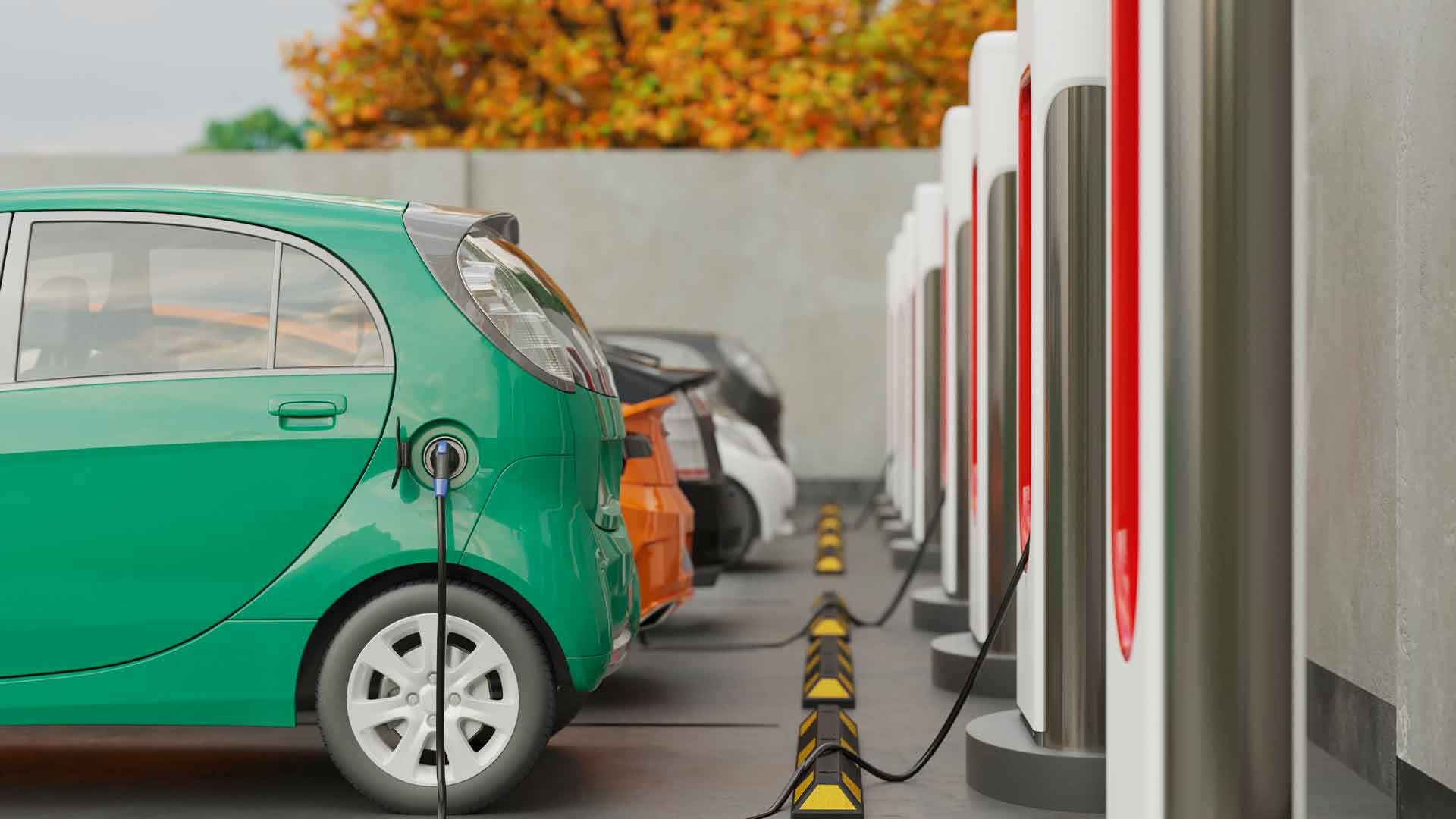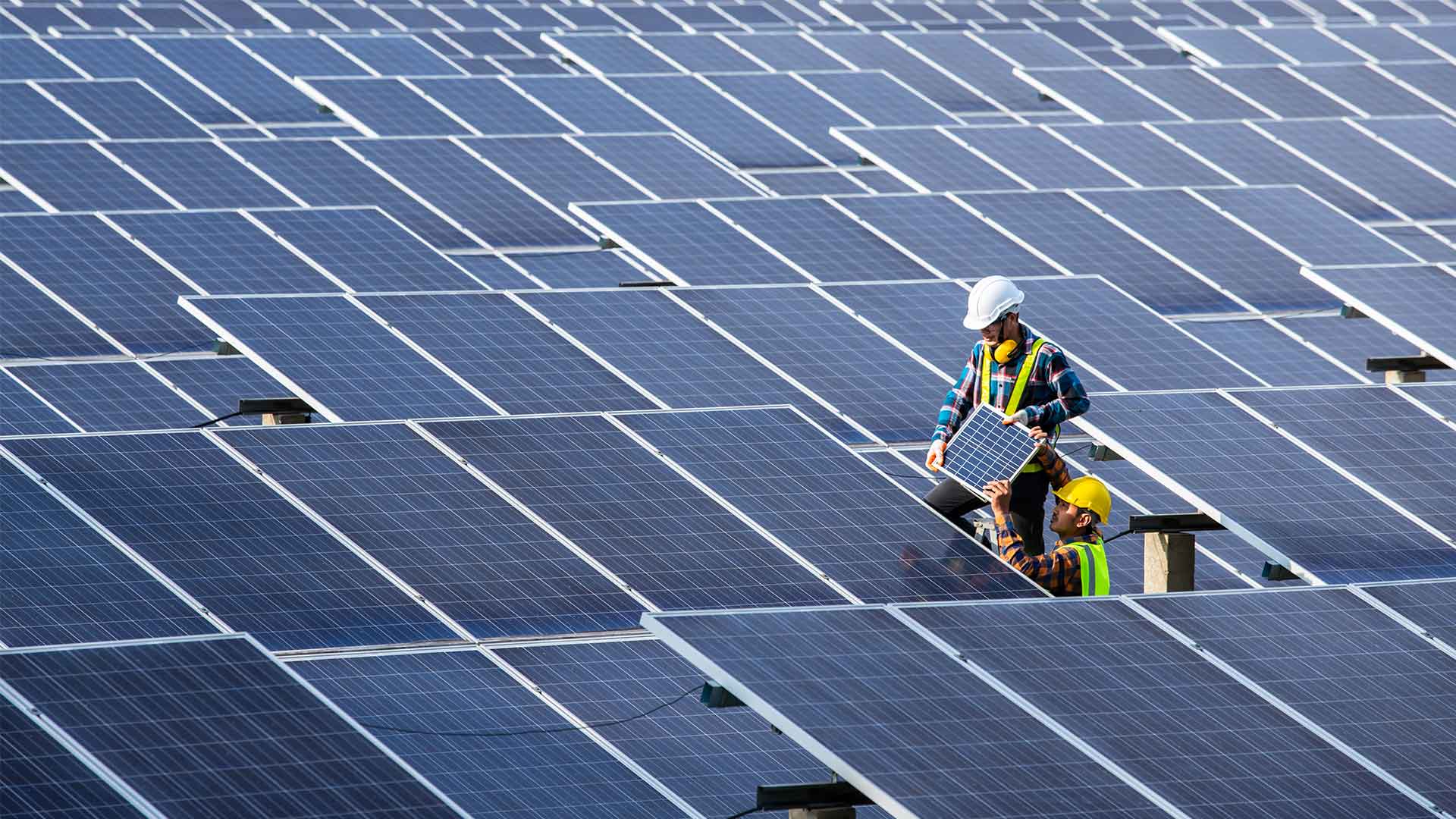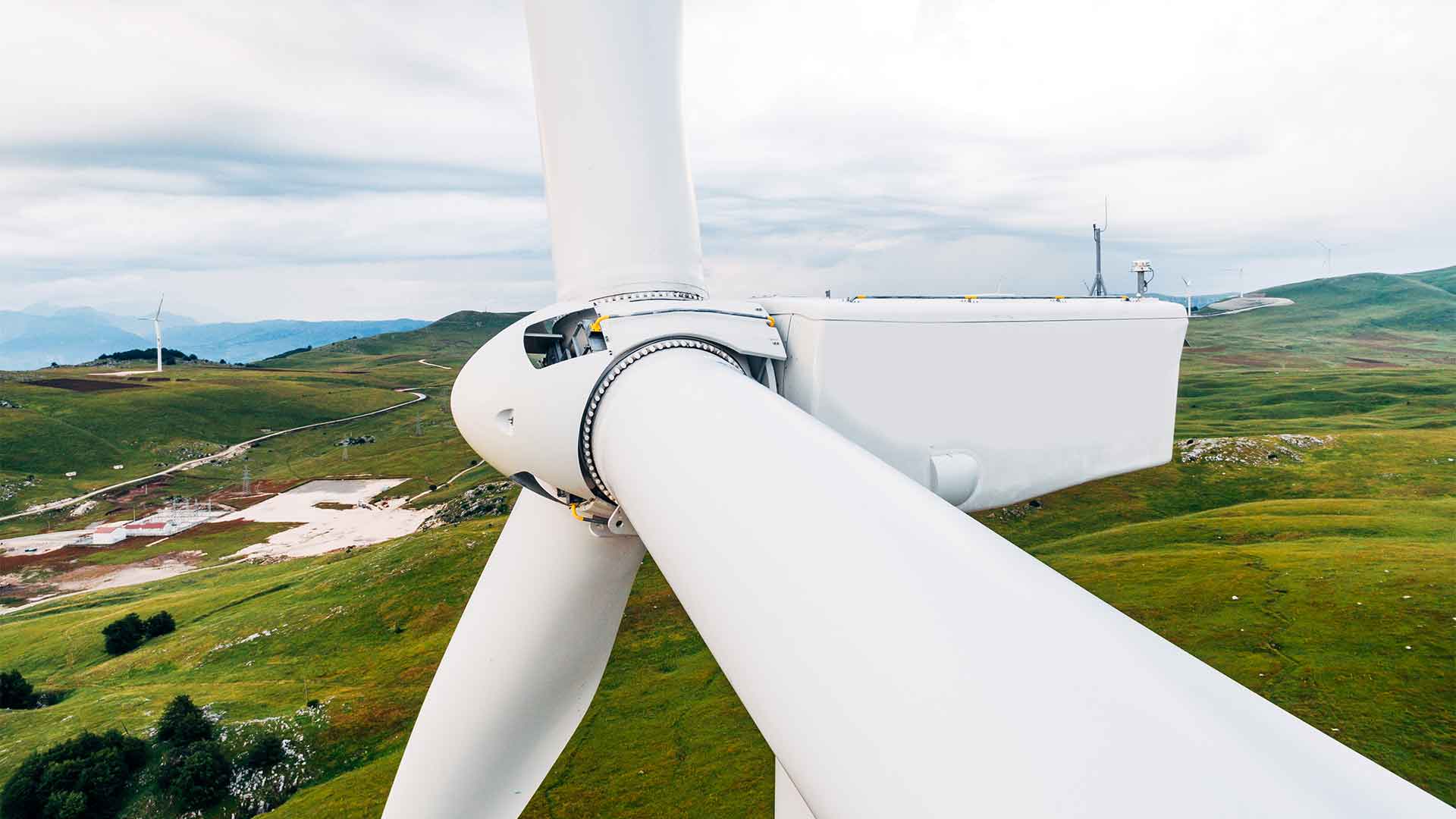Boron Clean Fuels
Boron is essential when we talk about clean fuels for our future. The Advanced Energy sector continues to grow and seek out innovative new technologies to power our homes, cars, and businesses using greener energy sources. To combat climate change, we need to cut our reliance on fossil fuels. Renewable energy is the answer.
We are now in a position where technology is advanced enough. It is possible to produce renewable energy efficiently and effectively at a cost that’s competitive with traditional power sources. It is time for the world to take advantage of this opportunity. We can develop large-scale solutions that will make renewable power accessible everywhere.

Why Boron clean fuels is the new buzzword
Boron is a trace element. This element helps solar cells convert sunlight into electricity. Boron-based compounds act as light-sensitive materials in certain types of solar cells. These materials absorb photons from incoming sunshine. And convert them to energy by releasing electrons which can then flow down a conductor such as a metal electrode or wire.
Boron also plays an important role in wind turbines. Here it combines with glass and other ingredients to make the blades lighter. Boron’s role is to lower air resistance, which helps the blades spin faster and generate more power.
It is a chemical element that very helpful in the production of fuels for decades. Boron helps clean up impurities and improve combustion, resulting in a cleaner-burning fuel. The quality of the gasoline is improved by using this additive to remove any sulfur or other contaminants from the fuel system.
Boron also helps to reduce particulate emissions because it burns more efficiently than other additives. This means less soot and pollution generation during combustion. The process makes boron an important addition to many types of gasoline production today. It is also important for diesel fuel in heavy equipment such as tractors and trucks.
The future of clean energy starts now
The global energy sector is under pressure to reduce greenhouse gas emissions. They need to provide affordable and reliable energy sources that for decades. The Advanced Energy economy promises a future of clean energy choices with the potential to stimulate economic growth, create jobs, and enhance national security. It uses rapidly changing technology innovations in wind and solar power, advanced grid management systems, smart meters, and electric vehicles. The new Advanced Energy Economy offers hope in our efforts to combat climate change. They also try to provide sustainable economic development throughout the world.
What are clean fuels?
The term “clean fuels” refers to various types of fuel sources that emit fewer pollutants while burning. Clean fuels are natural or synthetic. It includes coal gasification, biomass conversion, biofuel production, solar thermal energy use, hydroelectric power generation, wind power generation, and nuclear power generation. Cleaner fossil fuels are also available in the form of natural gas turbines as well as hydrogen fuel cells. The cleanest fuel source is renewable energy such as hydropower. Or it can be creating electricity from solar panels for buildings on a grid system.
Nearly all modern cars run on either gasoline or diesel. But these two options have significant negative effects on air quality. It is due to their emission of CO2 (carbon dioxide) and NOx (nitrogen oxide) into the atmosphere. Natural gas vehicles are also available but produce CO emissions and do not have a zero-emission version yet.
Electric cars, on the other hand, emit no pollutants from their tailpipes. As they run off of electricity stored in battery packs which are charged with clean energy sources such as solar panels or wind turbines. These sources generate power without producing air pollution.
Alternative Advanced Energy
Clean fuels are a viable alternative to the expensive, impractical, and often dangerous fossil fuels that we currently use. They emit no harmful chemicals into the air or create toxic byproducts in our water supply. Clean fuel is considered a sustainable option for energy production. It is vital because it does not deplete natural resources while also reducing greenhouse gas emissions. There are many different types of clean fuel such as solar power, wind power, hydroelectricity, nuclear fission, and geothermal energy among others.
Solar power
Solar power is one of the most promising clean fuel sources. The sun’s energy is useful in many ways, but it is currently cost-prohibitive to use solar panels as a sole source for electricity production. However, solar power acts as a supplement for traditional energy sources. Clean fuels reduce emissions and manage fuel for a cleaner and greener performance.
It is renewable and sustainable. However, they can provide supplemental input into the existing grid system as well.

Nuclear Fission
Nuclear fission relies on uranium or plutonium isotopes that undergo nuclear decay. It releases heat through an uncontrolled reaction process – radioactivity. Nuclear power plants, unlike solar panels or wind turbines, cannot be turned off easily. In contrast with renewable sources like sunlight and wind, nuclear reactors are not intermittent generators. Their output does not vary when power demand fluctuates around the clock because a nuclear plant is a base-load power producer.
A nuclear reactor requires fuel. Uranium to be precise, in the form of pellets. They are inserted into rods made from zirconium and other metals to obtain an appropriate shape for efficient operation. The properties of these elements make them effective at absorbing neutrons without themselves undergoing fission. Thereby they slow down the chain reaction process such that more heat is generated by less radioactive uranium. Nuclear waste products are created during this type of energy production.
Hydroelectricity
Hydroelectricity is one of the oldest and cleanest forms of energy production. But there are also methods in which it can be made even cleaner. Hydro-Québec’s Manicouagan dam project, for example—the world’s largest hydroelectric reservoir by volume—uses a single turbine to produce electricity from water. It comes through at speeds up to 160 km/h (100 mph).
The U.S. Department of Energy forecasts that global hydropower capacity could increase by as much as 150% over the next 25 years. It is due largely to extension projects currently being undertaken and planned in China, Brazil, Columbia, and India.

Geothermal energy
Geothermal energy is the heat from beneath the Earth’s surface. This geothermal hot water or steam is useful in generating electricityin a turbine, much like hydroelectricity. Geothermal power plants come into existence by drilling holes deep into Earth’s crust. Here high-temperature water (usually at least 160°F) meets rock that stays near boiling point even when it’s cold on top of the ground. It helps to have the right type of rock, called “magma” or “hot dry rock.”
Geothermal energy is one of the most sustainable sources of clean fuel available today. It is a renewable and environmentally-friendly source that helps many countries to reduce their carbon footprint. For instance, geothermal energy can provide up to 24/7 service with no interruptions. This is possible due to supply shortages or price fluctuations for users. Geothermal power plants produce electricity from steam produced by hot water collected from natural underground reservoirs called “geotherms”. These reservoirs are created when heat and pressure cause groundwater to turn into steam. It generates electricity through turbines much like the ones in a typical power plant.
Wind power
Wind turbines are another type of renewable and sustainable resource. It produces clean fuels when converted into electric generation systems or heat transfer devices.
To reduce greenhouse gas emissions from fossil fuel combustion, more research needs to go into developing technologies. Especially the ones that capture carbon dioxide (CO) before they enter the atmosphere. This could potentially lead to other solutions such as biofuels made from CO. It is captured by plants like trees or algae because these living organisms have an ability called photosynthesis. It allows them to convert sunlight and CO into energy.






